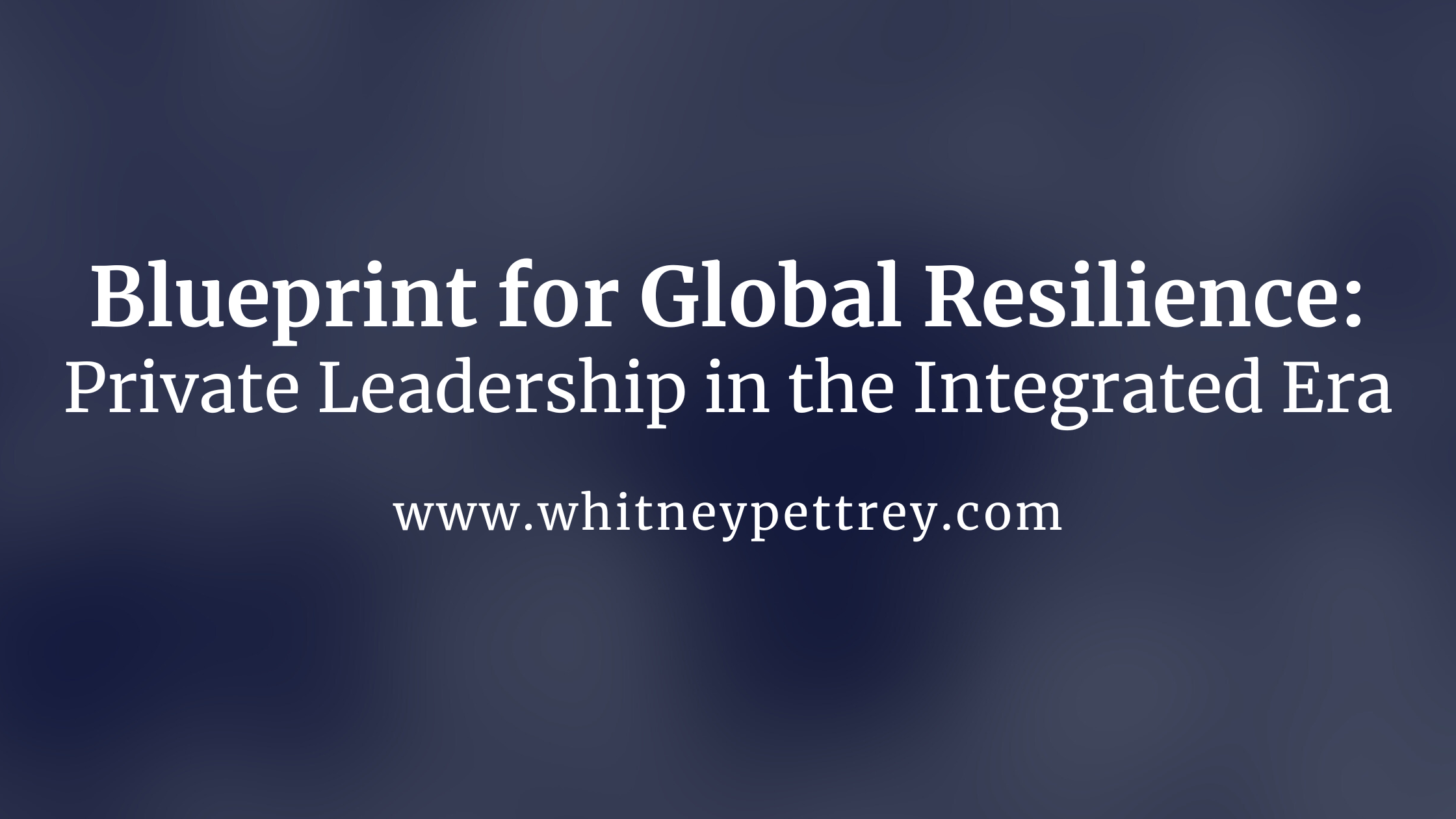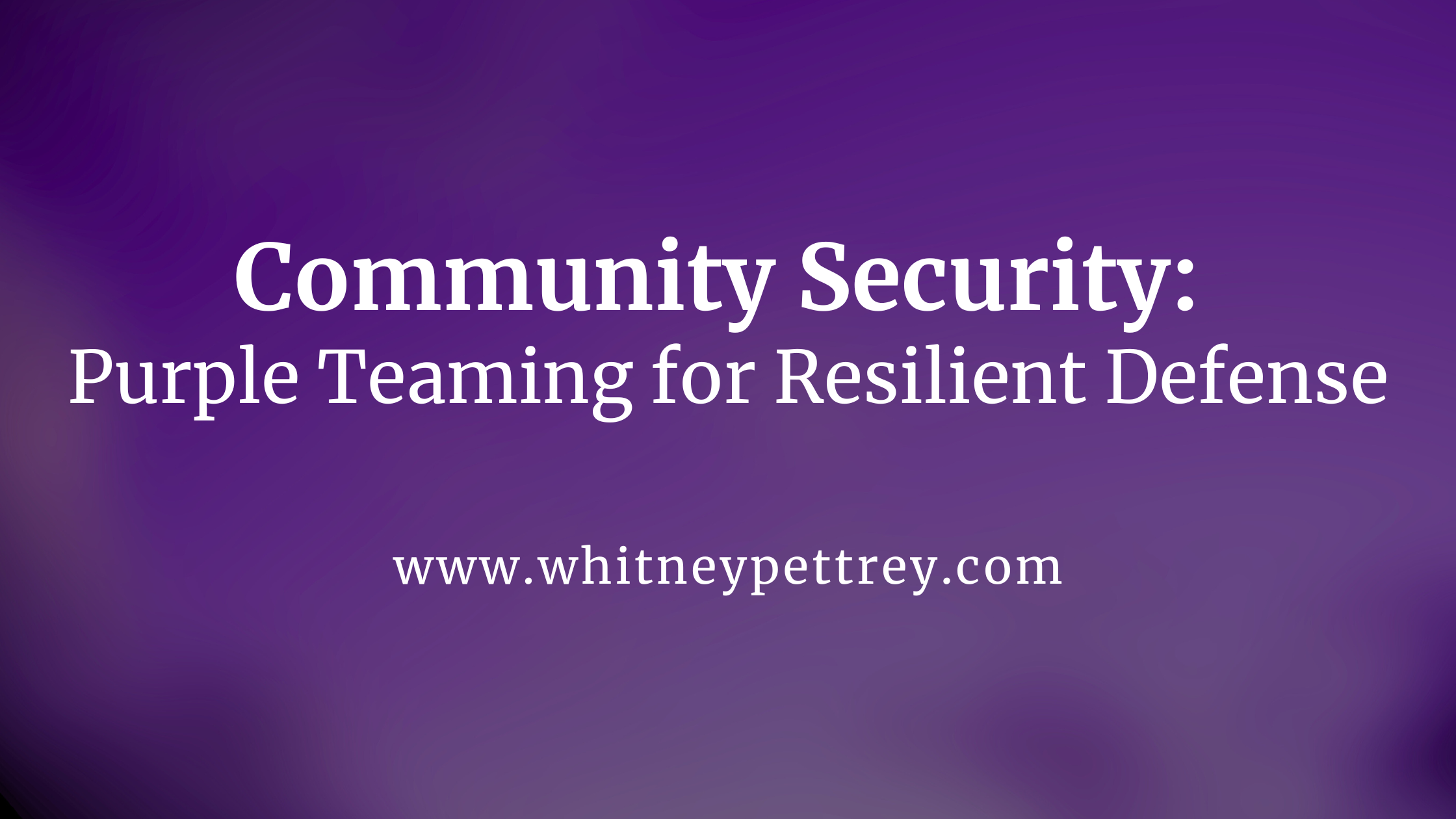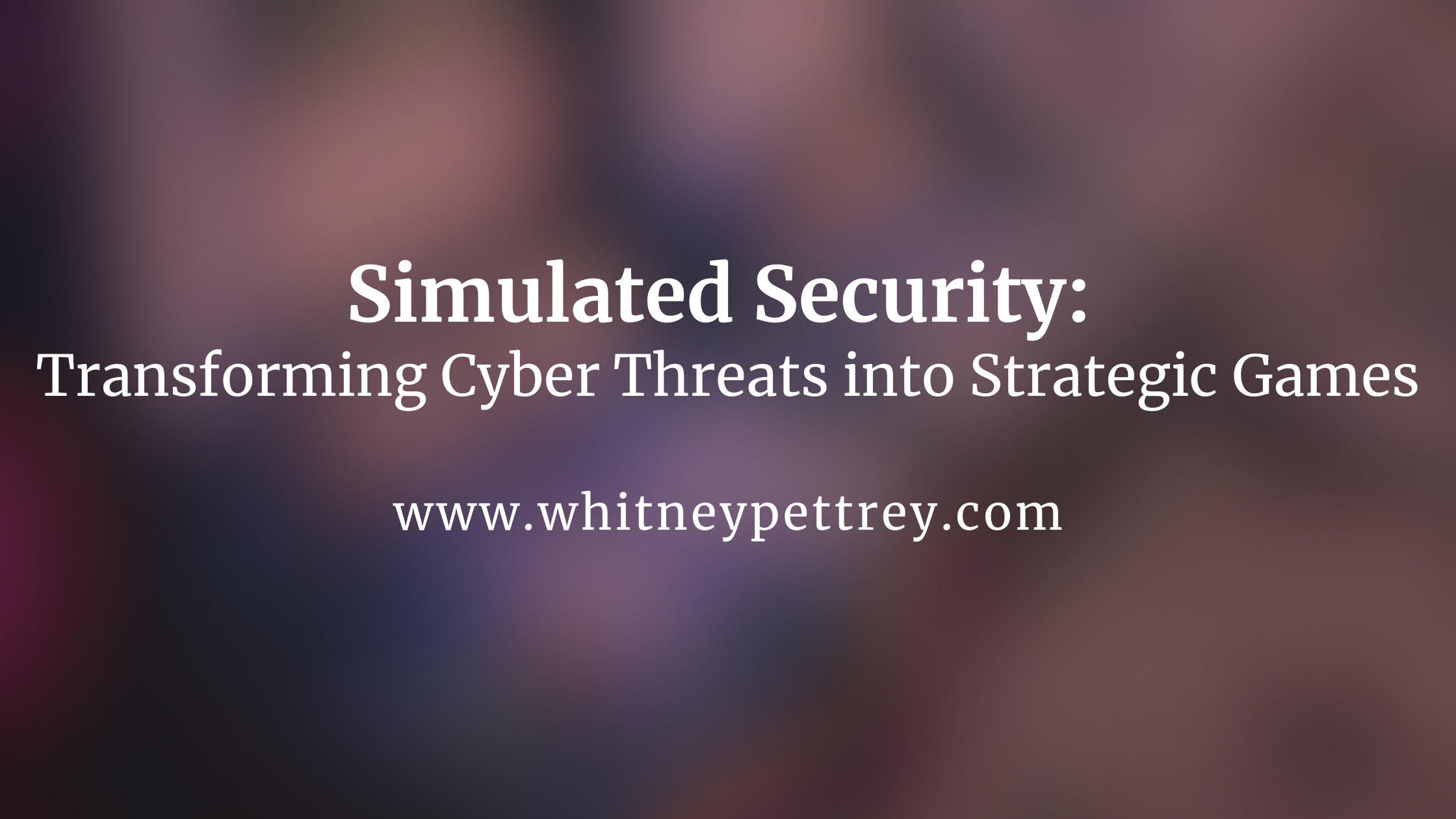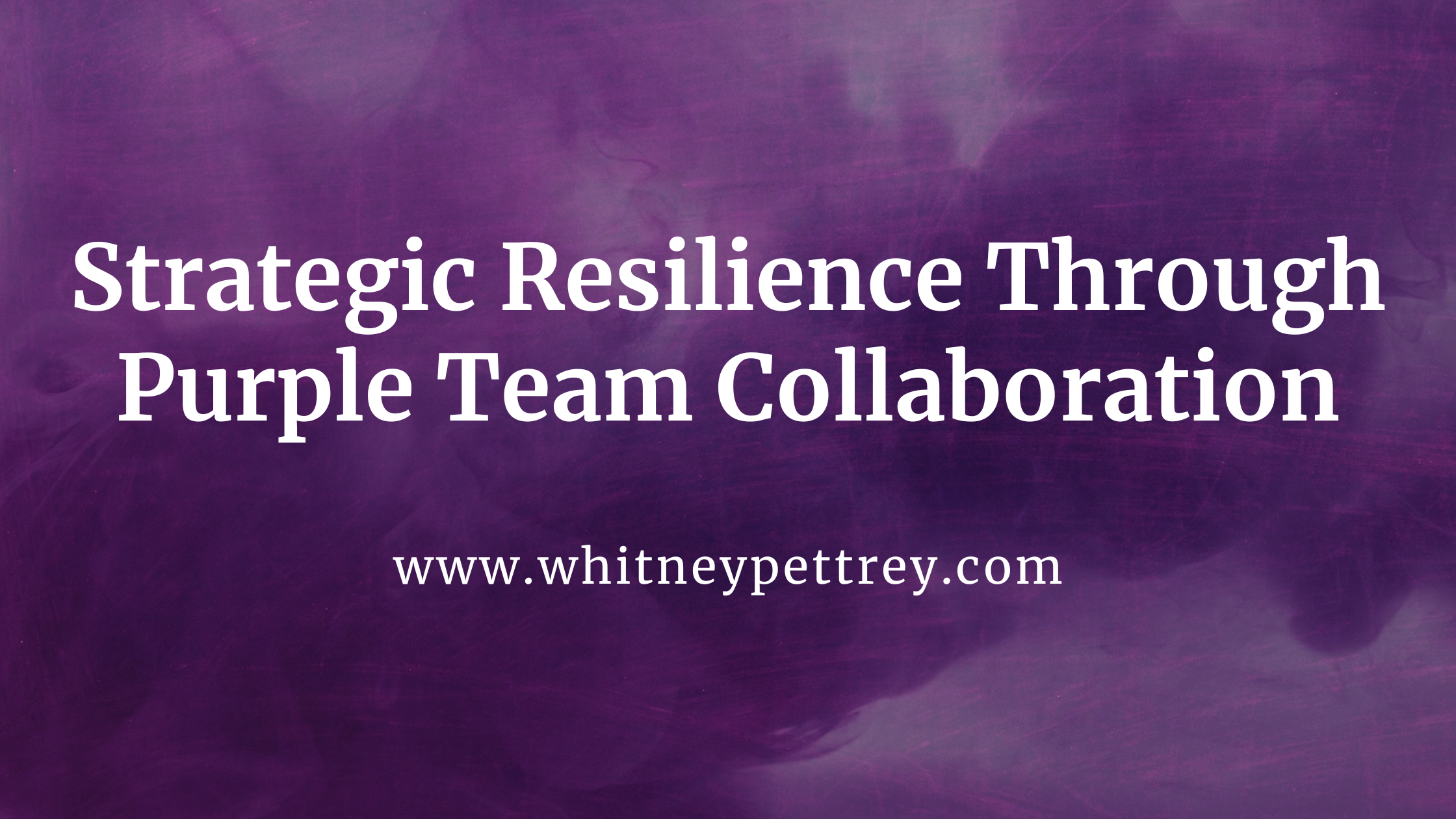This article explores the critical need for a unified response to the interconnected challenges of the 21st century. By fostering collaboration between the public and private sectors, we can build more resilient and equitable societies. Drawing on successful global models, the article outlines a roadmap for this transformation, emphasizing the importance of shared responsibility, innovative partnerships, and a commitment to developing the workforce of the future.
Tag: whitney pettrey
The Cyber-Physical Chessboard: When Cities Can’t Find the Queen
This article delves into the complexities of urban security in the digital age, highlighting the need for a holistic approach that transcends traditional boundaries. By exploring the interconnectedness of cyber and physical threats, this article emphasizes the importance of strategic thinking, collaboration, and innovation. Discover how cities can strengthen their defenses, protect critical infrastructure, and emerge as resilient urban ecosystems in the face of evolving threats.
Agile Evolution: Simplifying Crisis Simulations with Purple Teaming
In high-stakes scenarios like city-wide crises, resilience demands more than tradition—it requires agility. Agile methodologies, paired with the innovative power of purple teaming, transform crisis simulations into dynamic, adaptive exercises. By iterating on real-world scenarios, fostering cross-functional collaboration, and leveraging adversarial insights, leaders can build robust defenses that evolve in real time. This article explores how simplicity and agility redefine preparedness for complex challenges. Discover how these strategies empower teams to outpace threats and safeguard critical systems.
Salt Lake City 2034: A Defining Moment in Global Leadership and Innovation
This article examines the critical security challenges facing Salt Lake City as it prepares to host the 2034 Winter Olympics. The success of the Games hinges on Silicon Slopes’ ability to leverage its technological expertise to address vulnerabilities in critical infrastructure, enhance cybersecurity, and foster community resilience. This is not just about protecting the Games; it’s about demonstrating the region’s capacity for innovation and leadership on a global stage.
Community Security: Purple Teaming for Resilient Defense
Communities, often considered secure due to familiarity, are vulnerable to attacks that exploit predictable behavior. This article explores the importance of a Purple Teaming approach to identify and mitigate these vulnerabilities. By simulating attacks and challenging assumptions, communities can build a stronger, more resilient defense. This involves fostering a culture of vigilance, embracing continuous learning, and leveraging the power of human interaction to strengthen security measures.
Mapping Adversarial Motivations: Understanding the Lone Wolf
This article explores the evolving threat of lone wolf cyberattacks, highlighting the unique characteristics and motivations of these independent actors. By analyzing their tactics, such as social engineering and the exploitation of vulnerabilities, the article underscores the need for a multifaceted approach to cybersecurity. This includes fostering a culture of vigilance, leveraging advanced analytics, and developing adaptive strategies that can anticipate and counter the evolving tactics of these unpredictable adversaries.
Adversarial Strategies in Statewide Simulations: Strengthening Defenses from Within
This article explores the critical role of adversarial strategies in enhancing the effectiveness of statewide cybersecurity simulations. By incorporating realistic attack scenarios that mirror the tactics of sophisticated adversaries, these exercises push defenders beyond traditional boundaries, forcing them to think critically, adapt dynamically, and identify vulnerabilities that may otherwise remain undetected. These simulations serve as battlegrounds where teams learn to anticipate, respond, and evolve under pressure, ultimately strengthening resilience and preparing for the inevitable onslaught of complex cyber threats.
The Anatomy of a Statewide Cyber Simulation: Designing for Maximum Impact
This article examines the critical role of statewide cyber simulations in bolstering government resilience against the escalating threat of sophisticated cyberattacks. By simulating real-world scenarios, such as ransomware attacks and coordinated cyber-physical disruptions, these exercises expose vulnerabilities, test response capabilities, and foster crucial collaboration among agencies, the private sector, and critical infrastructure operators. These simulations are not merely drills; they are strategic investments that drive innovation, enhance preparedness, and ensure a coordinated and effective response when the inevitable attack occurs.
Simulated Security: Transforming Cyber Threats into Strategic Games
This article explores the concept of cybersecurity simulations as a tool to enhance resilience and preparedness against cyber threats. It highlights the importance of localized simulations in addressing specific vulnerabilities and fostering collaboration between different sectors. The article delves into the roles of red, blue, and purple teams in these simulations, emphasizing the importance of both offensive and defensive perspectives. It also discusses the benefits of trusted networks in sharing insights and scaling solutions. Ultimately, the article emphasizes the need for continuous learning, collaboration, and innovation to effectively address the evolving cybersecurity landscape.
Strategic Resilience Through Purple Team Collaboration
Purple Teaming, a collaborative approach that unites offensive and defensive security teams, is revolutionizing the way organizations approach cybersecurity. By simulating real-world attacks and analyzing vulnerabilities, Purple Teaming enables organizations to build more resilient defenses. This article explores the benefits of Purple Teaming, including identifying weaknesses, enhancing threat detection, and improving incident response capabilities.









